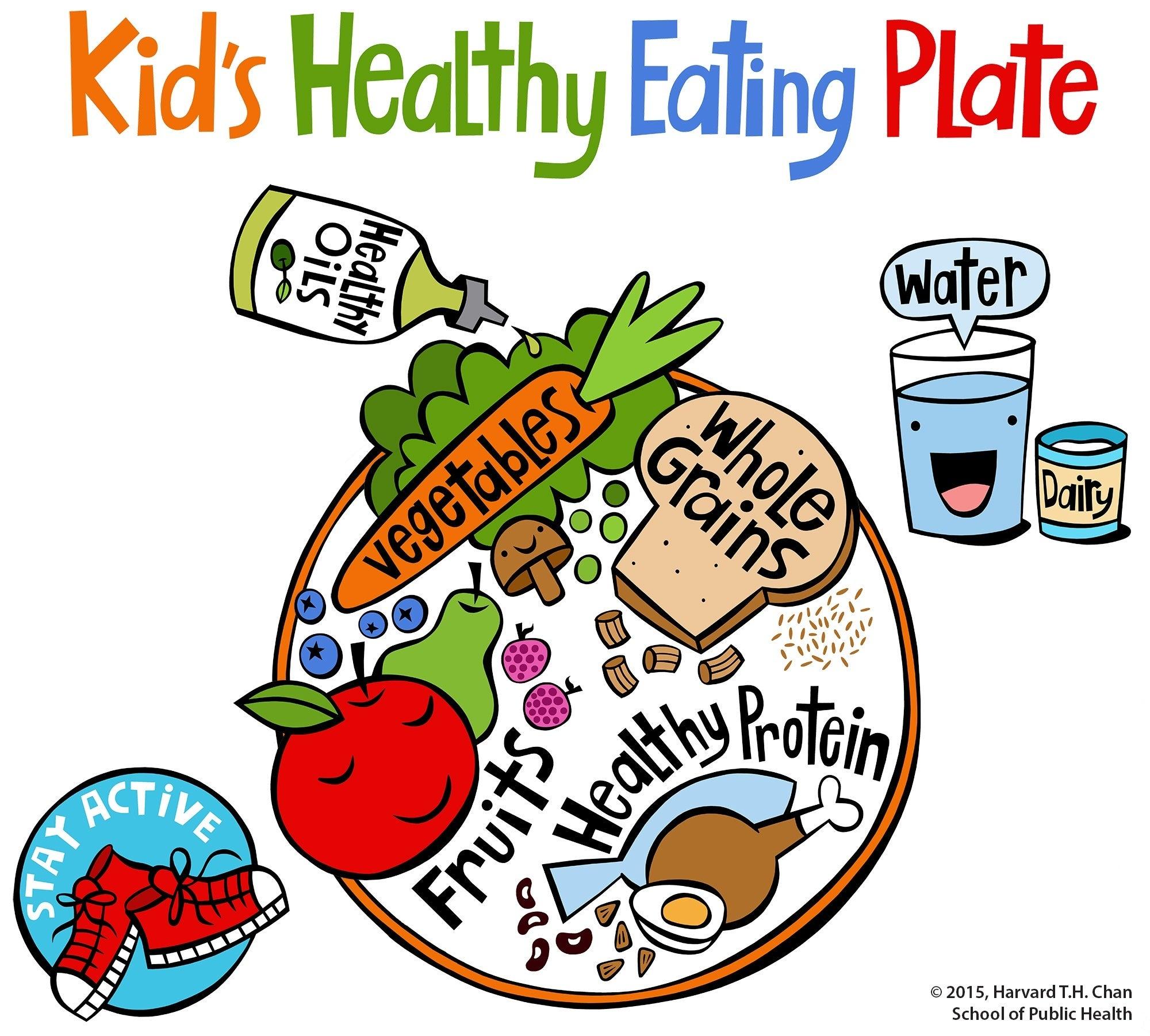In an era where fast food chains are ubiquitous and sugary snacks are often more accessible than fresh produce, the importance of teaching children about healthy eating has never been more critical. The dietary choices made in childhood not only lay the foundation for lifelong health but also influence cognitive development, emotional well-being, and social habits. With childhood obesity rates climbing at an alarming rate, coupled with the rise of diet-related illnesses, it is imperative that we equip the younger generation with the knowledge and skills to make informed nutritional choices. This article delves into the multifaceted benefits of educating children about healthy eating, examining the roles of schools, parents, and communities in fostering a culture of wellness. By understanding the significance of nutrition education, we can better prepare children to lead healthier, more balanced lives, ultimately contributing to a more robust and health-conscious society.
Understanding Nutritional Basics: Building a Foundation for Lifelong Health
Children are naturally curious, and harnessing this curiosity to teach them about healthy eating can lay a solid foundation for lifelong well-being. By integrating nutritional education into their daily lives, children can develop a keen understanding of the foods they consume and their effects on the body. This knowledge empowers them to make informed choices that benefit their physical health, mental clarity, and emotional stability. Building this foundation early encourages children to embrace a balanced diet, helping to prevent obesity and related health issues in the long run.
Educators and parents can take proactive steps to instill healthy eating habits in children. Here are some effective strategies:
- Incorporate fun activities: Use games and interactive sessions to teach about different food groups and their nutritional values.
- Lead by example: Demonstrate healthy eating habits at home and encourage family meals where nutritious foods are prioritized.
- Involve children in meal preparation: Allow them to participate in cooking, fostering a sense of ownership and interest in what they eat.
- Educate on reading food labels: Teach them how to understand nutritional information, which can be a crucial skill for making healthier choices.

Identifying Common Misconceptions: Dispelling Myths About Healthy Foods
- All fats are bad: One of the most pervasive myths is that all fats should be avoided. However, teaching children about the importance of healthy fats found in foods like avocados, nuts, and fish is crucial. These fats support brain development and overall health.
- Carbs are the enemy: Carbohydrates often get a bad rap, but they are essential for energy, especially for growing children. Emphasize the difference between refined carbs and complex carbohydrates found in whole grains, fruits, and vegetables, which provide sustained energy and essential nutrients.
- Natural sugars are the same as added sugars: While it’s important to limit added sugars, natural sugars found in fruits come packed with fiber, vitamins, and minerals. Educating children on the distinction helps them make healthier choices without fearing fruit consumption.
- All organic foods are healthier: While organic foods can reduce exposure to pesticides, it doesn’t automatically make them more nutritious. Encouraging children to focus on a balanced diet, whether conventional or organic, is more beneficial for long-term health.
Understanding these common misconceptions allows children to approach food with a balanced perspective, fostering informed decisions that can lead to lifelong healthy eating habits. By addressing these myths early, we empower them to navigate the complexities of nutrition with confidence and clarity.

Engaging Educational Strategies: Making Nutrition Fun and Interactive
Incorporating educational strategies that captivate children’s imaginations can transform the way they perceive nutrition. By employing interactive methods, we can foster an environment where learning about healthy eating becomes an exciting adventure. One effective approach is integrating hands-on activities that allow children to explore the vibrant world of fruits and vegetables. Consider setting up a “create your own salad” station, where kids can choose from a variety of colorful ingredients. This not only empowers them to make healthy choices but also helps them understand the nutritional value of each component.
Another engaging strategy is to utilize storytelling to teach the importance of balanced meals. Craft stories where fruits and vegetables are the heroes, battling the evil forces of junk food. This narrative approach can instill positive associations with healthy foods and encourage children to incorporate them into their daily diets. Additionally, leveraging technology and gamification can be highly effective. Educational apps and online games that focus on nutrition can make learning fun and interactive, providing immediate feedback and rewards to keep children motivated. By weaving these strategies into everyday learning, we can inspire a generation that values and understands the significance of healthy eating.

Empowering Families: Creating a Supportive Environment for Healthy Choices
Introducing children to the concept of healthy eating is a foundational step in nurturing their overall well-being and fostering lifelong healthy habits. By educating them about the importance of nutrition, we empower them to make informed decisions about what they consume. This knowledge becomes a powerful tool, enabling children to recognize the value of a balanced diet and the impact it has on their energy levels, growth, and cognitive development. To create a supportive environment for these healthy choices, families can adopt practical strategies such as:
- Involving Children in Meal Preparation: Encourage kids to participate in meal planning and cooking. This hands-on experience not only teaches them about various ingredients and their benefits but also instills a sense of responsibility and pride in their food choices.
- Leading by Example: Parents and guardians can serve as role models by consistently choosing nutritious options themselves. Children often mimic the behaviors they observe, making it crucial for adults to demonstrate a commitment to healthy eating.
- Creating a Positive Mealtime Atmosphere: Transforming mealtime into a family bonding experience helps reduce stress and encourages open discussions about food preferences and health goals.
Ultimately, instilling an understanding of healthy eating in children requires a concerted effort from families, educators, and communities. By prioritizing education and leading by example, we lay the groundwork for a future generation that values and actively pursues a healthy lifestyle.



